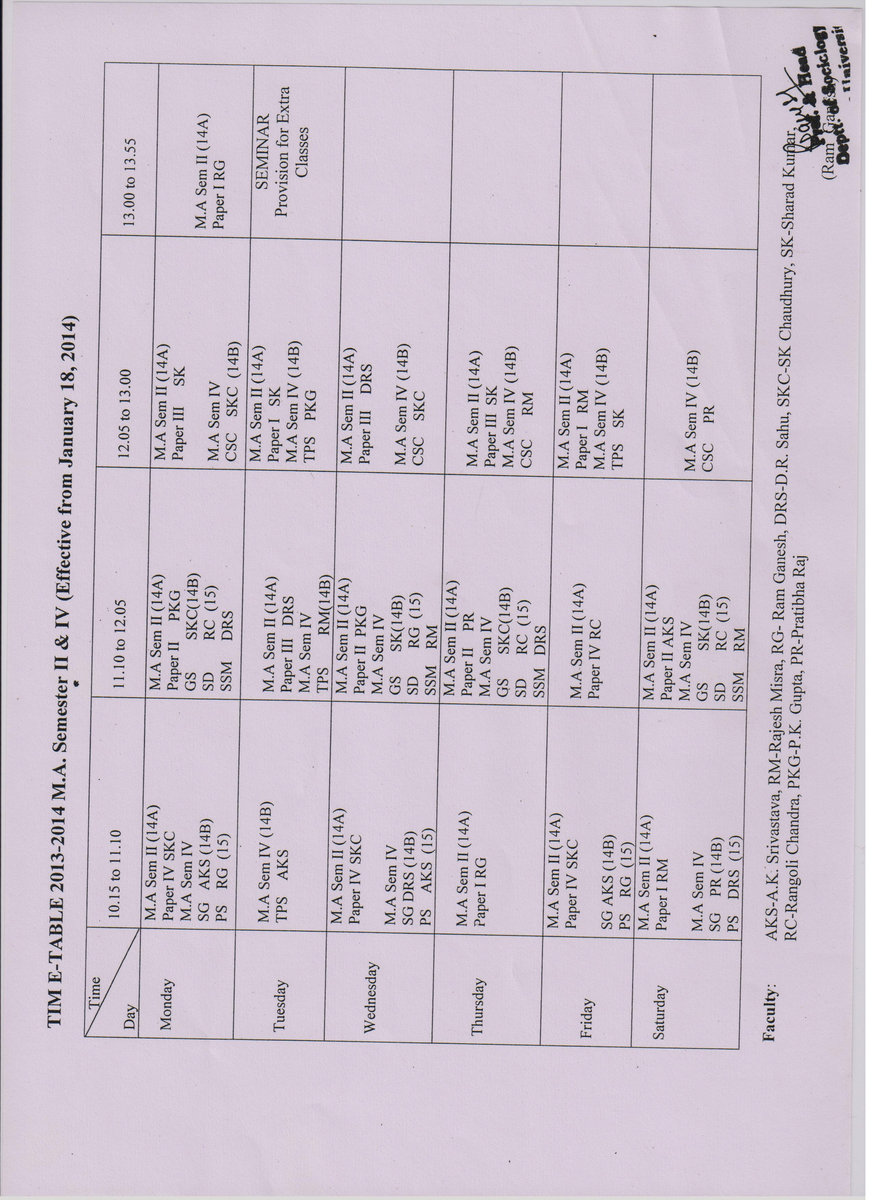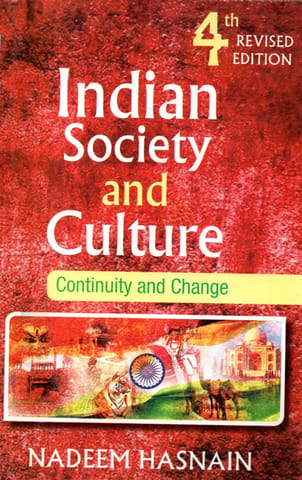
Six Sigma MBB Pakistan Int Airlines nadeem. A variety of other social and environmental factors were also collected and thoroughly analysed which may be useful for further research in this - S.

Bangru tribe keeps the comparative middle status in almost every sector.

On the other hand, Puroik tribe’s living standard is comparatively very low as their income and land per capita is low, and they are more dependent on forest. Forestry practice provides little share in their total income though Nyishi tribe has the highest land per capita in forestry sector as well as in agricultural sector. Through this study, it is found that Nyishi and Bangru tribes are economically better-off in terms of land ownership and income per capita respectively. Data has been taken into consideration from two vital viewpoint i.e., livelihood pattern and forest dependence, assuming that all tribes are dependent on forest resources for their livelihood. In this study, three tribal communities of the district i.e., Nyishi, Bangru and Puroik have been purposively selected for questionnaire survey. That is why, it’s a great significance to study their do’s and don’ts in order to propose better forest and environmental management interventions considering options for enhancing livelihoods of the tribal communities in Kurung Kumey district. In the state of Arunachal Pradesh as a whole and Kurung Kumey district in particular, tribal communities reside in close touch with forest and thus, dependent on it. Tribals are of great interest and intense significance from forest perspective, as they inhabit for a very long period time over the same region. Kinship is the Bangru heritage of relationships, respect, solidarity and mutual obligation in the family, clan and society. This understanding is a crucial part of the Bangru culture so as to gain a sense of who they are as Bangrus, and their relationships to their family members and relatives. Most Bangru elders agree that the Bangru kinship system is the most important basic education for children. Conclusion: The study assumes significance in the contemporary juncture as the use of kinship terms and behaviour are changing in the Bangru society. There are some terms like father– Mǝbi, mother– Aɲeya, grandfather– Mukho and grandmother– Asɛ which are used extensively both to address and reference. Results/Findings: The study reveals that in Bangru society, kinship terms do not have much distinction between terms of address and terms of reference. As a part of interview, the interview guide method was adopted to make the informants better understanding of the questions. Extensive in-depth personal interviews and concrete case studies were taken to generate the desired mass of data. Materials and Methods: During the field study, the emphasis was laid on both participant and non-participant observation to examine their actual kinship terminology in use, kinship behaviours, etc. The kinship terms based on consanguineous (lineal and collateral) and affinal relations are depicted and are analysed.


Bangru Kinship terminology depict the genealogical picture of a society and are used in address and reference as denotative of social position relevant to interpersonal conduct. The present study was carried out in fifteen Bangru villages to explore the kinship terms in different lines of relationship and to establish the degree of relationship within the several kin groups of Bangru community. Introduction: Bangru is the Tibeto-Burman language speech community who confined to Sarli circle of Kurung Kumey districts of central Arunachal Pradesh.


 0 kommentar(er)
0 kommentar(er)
